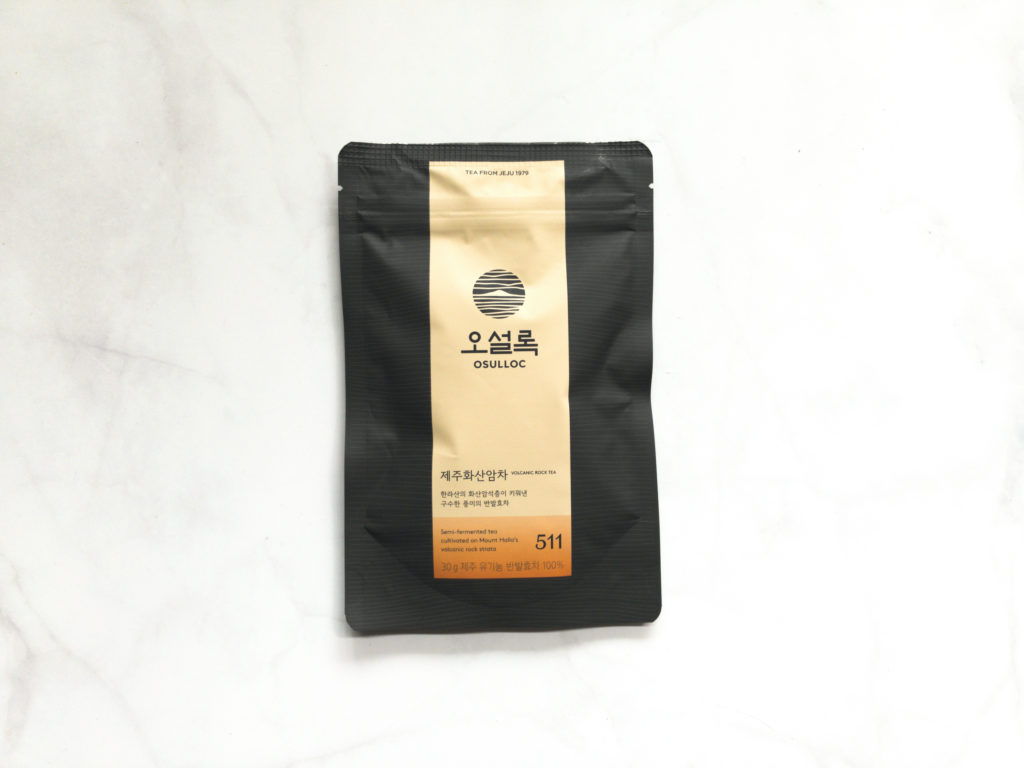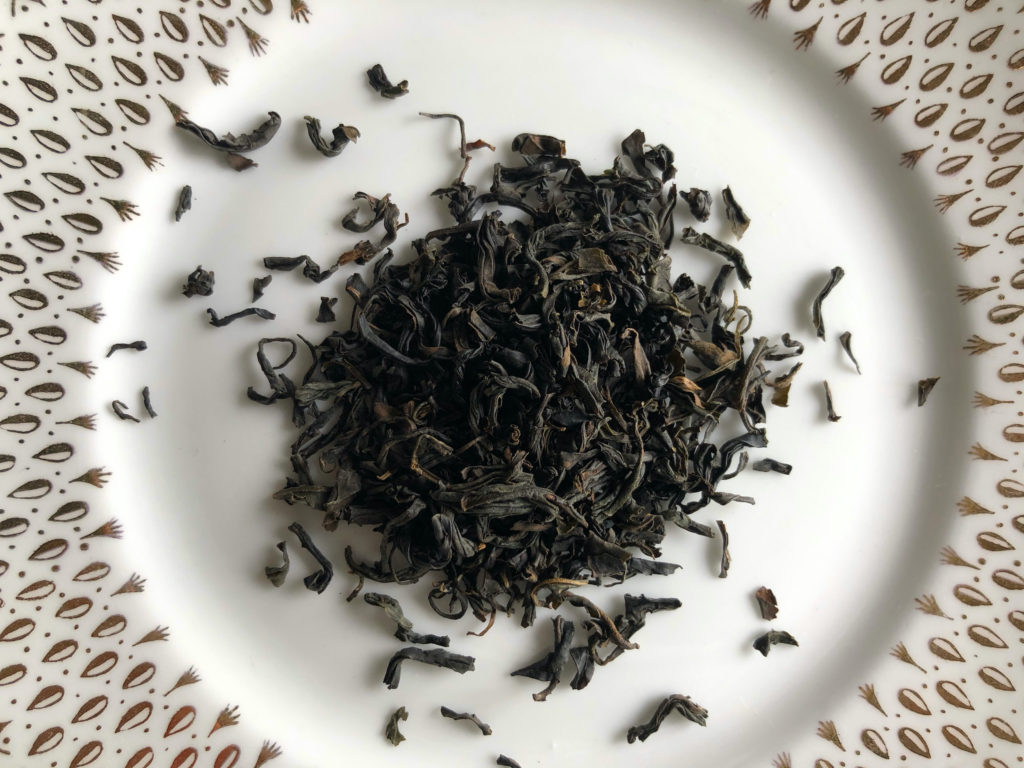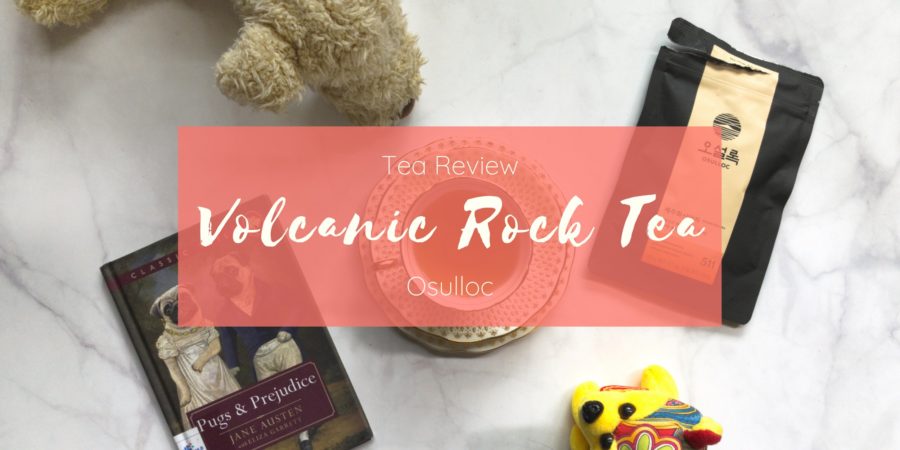A friend went to Korea and came back with some tea! It’s super exciting because I’ve been wanting to visit the O’Sulloc Tea Museum for the longest time and since I have not made my way there, drinking tea from O’Sulloc is going to be the closest thing I can get to this.

Because I know absolutely no Korean, I’m going into this tea blind (I couldn’t find information on the internet either). The description of the tea that was on the packet was a one-liner: “Semi-fermented tea cultivated on Mount Halla’s volcanic rock strata.”

Since they say “semi-fermented”, I’m guessing that this is going to be an oolong rather than a black tea or a dark tea. The leaves are small and give off a mix of oolong-type floral and houjicha-type roasted scents.

When brewed, the tea produced a warm brown tea liquor that reminded me of both dancong oolongs and houjicha. There was the floral and woody note that I’ve come to associate with dancongs (although it’s not as intense as those in Duck Shit or Milanxiang) balanced very nicely with the same type of roasted notes that I’ve come to associate with houjicha. There was also a very faint medicinal note in the aftertaste.
I brewed this tea for about four rounds gongfu-style and didn’t notice huge differences in changes; it felt like the tea stayed relatively constant. But it could be that I was just too fascinated by this mix of flavour and fragrance notes in the tea, and if I notice anything different as I continue to drink this tea, I’ll let you know.
Interestingly, when I let my family try some of the tea, my dad remarked that he got a bitter aftertaste, which I think was the medicinal note that I tasted rather faintly while drinking. I didn’t think much of this until I drank the cold-brew (which would have been round 5, steeped about 10 hours or so in the fridge overnight). In the cold brew, there was a very strong, new medicinal/TCM-bitter note in the tea that completely took over the roasted and fruity notes that I tasted when the tea was brewed hot. It’s very interesting and I’m half-tempted, half-scared to replicate a cold brew with these leaves.
Overall, this was a very interesting tea that made me curious to know more about Korean teas! And I’ve got a question for my fellow tea-bloggers: how many times do you drink a tea before you write a review? I normally do multiple rounds of one session but now I’m wondering if I should be doing multiple sessions as well.
